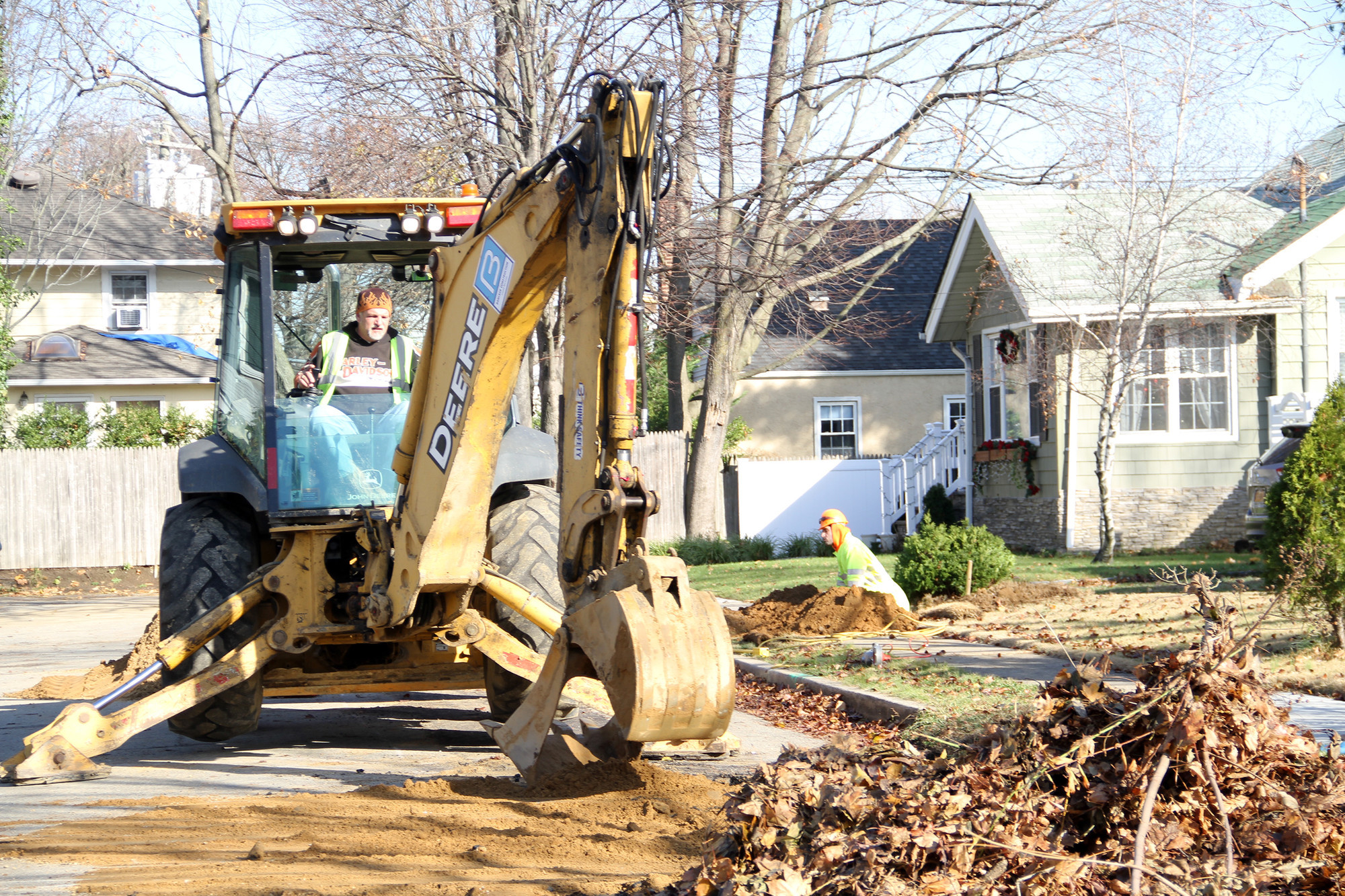State allocates $2.5 billion for water quality
New York state’s new $163 billion budget passed last week, including an allocation of $2.5 billion for the Clean Water Infrastructure Act, which aims to improve water distribution systems’ safety and quality.
At this point, it is uncertain how much relief the funds will bring to communities Nassau County communities, like Malverne, which have been tolerating brown water for decades due to dated infrastastructure. “We support the governor and State Legislatures’s focus on much-needed drinking water infrastructure investment,” said Carmen Tierno, president of New York American Water. “We look forward to engaging with them to ensure that the funds are accessible to both public and private water utilities that demonstrate the technical, managerial and financial capabilities to use them responsibly.”
Part of the legislation also requires all New York state schools, hospitals and mobile homes to test the water they supply for three unregulated contaminants, including 1,4 dioxane, a probable carcinogen.
Other items targeted for funding include infrastructure projects to improve municipal drinking water distribution, filtration systems and wastewater treatment infrastructure. The legislation also mandates the creation of a Drinking Water Quality Council that will make recommendations to the commissioner of health about the contaminants for which public drinking water should be tested.
Members of the council have not yet been named, and most of the funds allocated for water quality improvement on Long Island and elsewhere have yet to be determined. The state’s budget says, however, that Stony Brook University will be given $1 million to support research addressing the treatment of water to remove 1,4-dioxane; Nassau County will receive $5 million for the Bay Park wastewater treatment plant; $900,000 is allocated to the Long Island South Shore Estuary Reserve; and several million dollars will go to several Suffolk County projects, including sewer improvement.
Water testing, which began in schools last year, will be required every three years to determine levels of 1,4 dioxane, perflurooctanoic acid, or PFOA, and perfluorooctane sulfonate, or PFOS. PFOA and PFOS can cause reproductive, developmental, liver and kidney, and immunological effects in laboratory animals, and have caused tumors in animal studies.
All water suppliers, both public and private, that provide water to at least five homes year-round, will be required to conduct contaminant testing. Before the Clean Water Infrastructure Act passed, no requirements existed for testing.
Neither the state, nor the federal Environmental Protection Agency has set a maximum contaminant level for 1,4 dioxane, despite the new regulations. The State Department of Health, however, sets the limit for all unregulated chemicals at 50 parts per billion — significantly above the EPA’s maximum for any cancer-risk chemical of 0.35 parts per billion. Dioxane gets into the water through products that contain it, including laundry detergent, soap, shampoo and body wash. Up to 46 percent of personal care products contain the chemical, according to a February report by Citizens Campaign for the Environment. The chemical is not added to consumer goods but is an unwanted byproduct of ethoxylation — a process used to reduce skin irritation caused by petroleum-based ingredients.
Last week, U.S. Sen. Charles Schumer urged the Food and Drug Administration to require companies to strip the chemical entirely from consumer products. Dioxane is not required to be listed on a product’s ingredients label, making it difficult for consumers to avoid.

 80.0°,
Partly Cloudy
80.0°,
Partly Cloudy 




